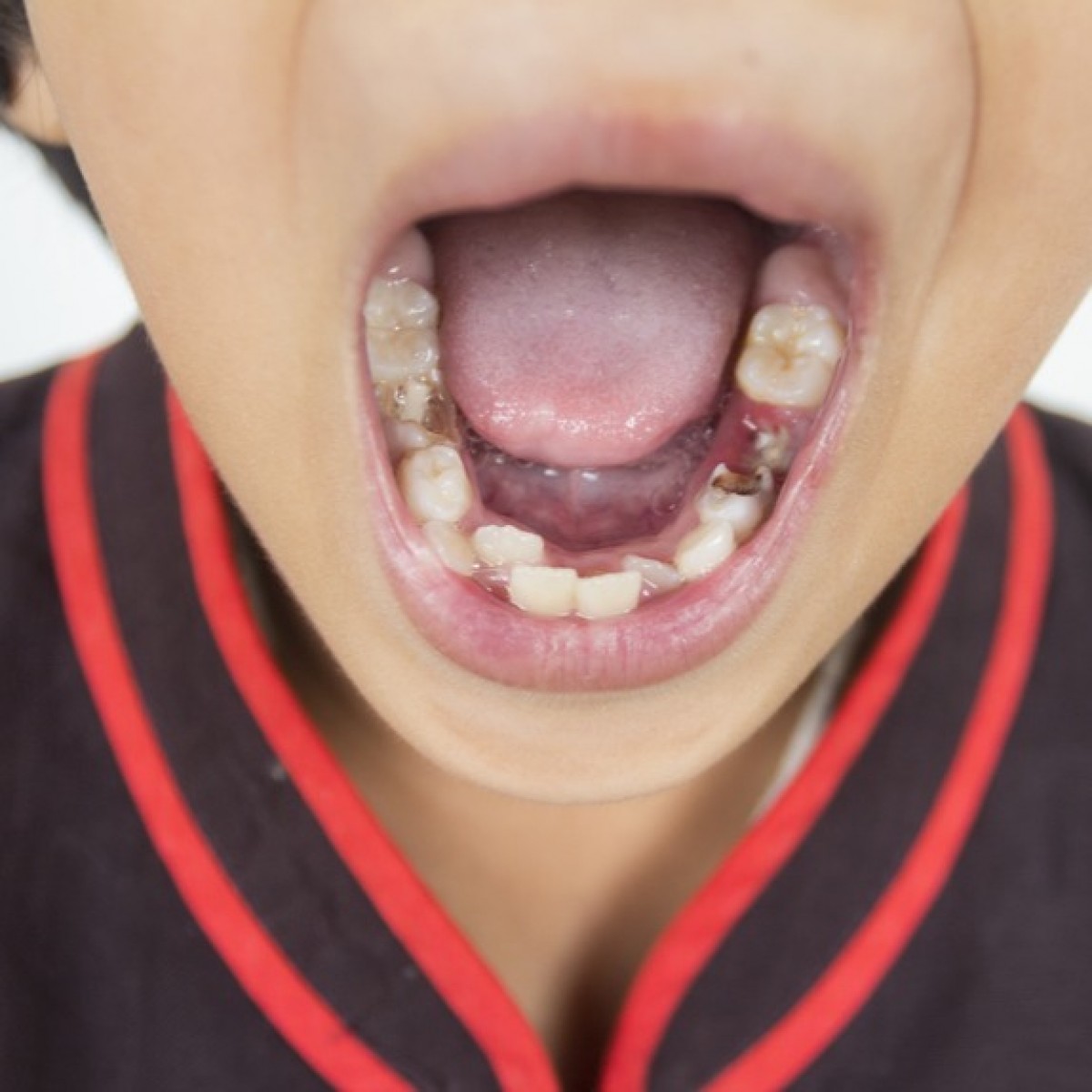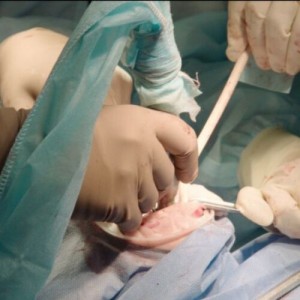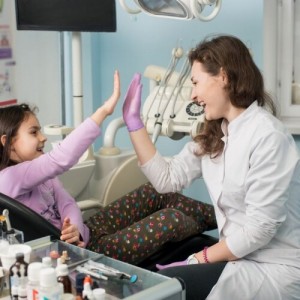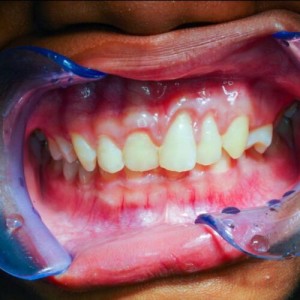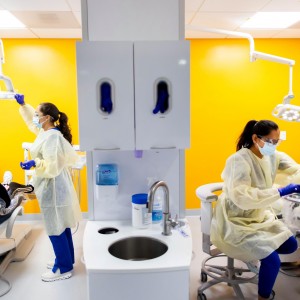
Pediatric dental sedation: challenges and opportunities
High levels of dental caries, challenging child behavior, and parent expectations support a need for sedation in pediatric dentistry. This paper reviews modern developments in pediatric sedation with a focus on implementing techniques to enhance success and patient safety.
In recent years, sedation for dental procedures has been implicated in a disproportionate number of cases that resulted in death or permanent neurologic damage.
The youngest children and those with more complicated medical backgrounds appear to be at greatest risk. To reduce complications, practitioners and regulatory bodies have supported a renewed focus on health care quality and safety. Implementation of high fidelity simulation training and improvements in patient monitoring, including end-tidal carbon dioxide, are becoming recognized as a new standard for sedated patients in dental offices and health care facilities. Safe and appropriate case selection and appropriate dosing for overweight children is also paramount. Oral sedation has been the mainstay of pediatric dental sedation; however, today practitioners are administering modern drugs in new ways with high levels of success.
Employing contemporary transmucosal administration devices increases patient acceptance and sedation predictability. While recently there have been many positive developments in sedation technology, it is now thought that medications used in sedation and anesthesia may have adverse effects on the developing brain. The evidence for this is not definitive, but we suggest that practitioners recognize this developing area and counsel patients accordingly. Finally, there is a clear trend of increased use of ambulatory anesthesia services for pediatric dentistry.
Today, parents and practitioners have become accustomed to children receiving general anesthesia in the outpatient setting. As a result of these changes, it is possible that dental providers will abandon the practice of personally administering large amounts of sedation to patients, and focus instead on careful case selection for lighter in-office sedation techniques.
Authors: Travis M Nelson, Zheng Xu
Source: https://www.tandfonline.com/
 Related articles
Related articles
Pediatric dentistry 09 October 2025
Smart materials in pediatric dentistry: Revolutionizing care for enhanced outcomes
In the realm of pediatric dentistry, smart materials are reshaping conventional approaches, introducing a responsive and tailored dimension to treatment.
Pediatric dentistry 24 September 2025
The objective of this study was to survey members of the American Academy of Pediatric Dentistry (AAPD) regarding their use of behavior management techniques.
News 12 September 2025
Pediatric Dental Care of Memphis is pleased to announce the addition of Dr. Patrick Nabholz to its team. Dr. Nabholz brings advanced training and a passion for children’s oral health to the...
Pediatric dentistry 09 September 2025
Pediatric Dentists' Treatment Planning Decisions for Class II Carious Lesions in Primary Molars
To assess pediatric dentists' choice for restoring Class II carious lesions in primary molars.
News 02 September 2025
Dr. Doug’s Pediatric Dentistry (“Dr. Doug’s”) is providing notice of a recent data security incident that may have involved personal and/or protected health information.
 Read more
Read more
Prosthodontics 13 October 2025
Periodontics, implantology, and prosthodontics integrated: the zenith‐driven rehabilitation
A customized treatment plan is important to reach results that will satisfy the patient providing esthetics, function, and long-term stability.
Penn Dental Medicine at PHMC on Cedar is one of five community care programs the School of Dental Medicine operates. At Penn Dental on Cedar, part of the mission is to integrate dental and medical...
Products 13 October 2025
Henry Schein’s 28th annual ‘Back to School’ programme supports students worldwide
With backpacks full of supplies, team Schein helps equip children to thrive in the classroom
News 13 October 2025
DentalXChange, a leading provider of revenue cycle management for the dental industry, is proud to announce the expansion of their Executive Leadership Team.
News 13 October 2025
Aldo M. Denti joins Dentsply Sirona as Executive Vice President and Chief Commercial Officer (CCO), effective October 6, 2025. The appointment is designed to.


